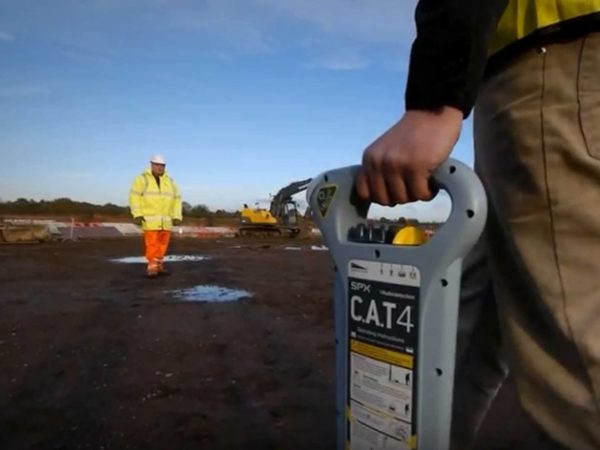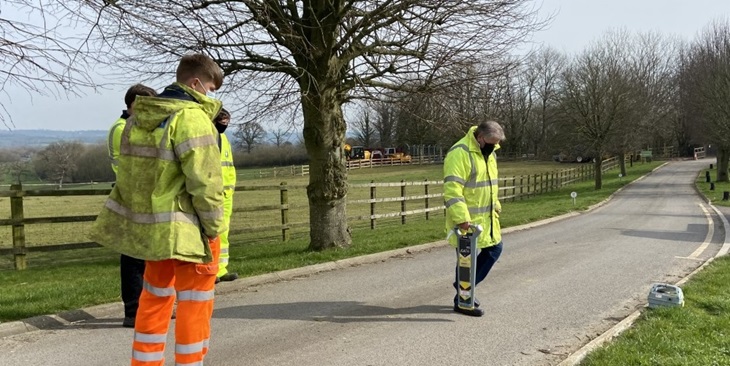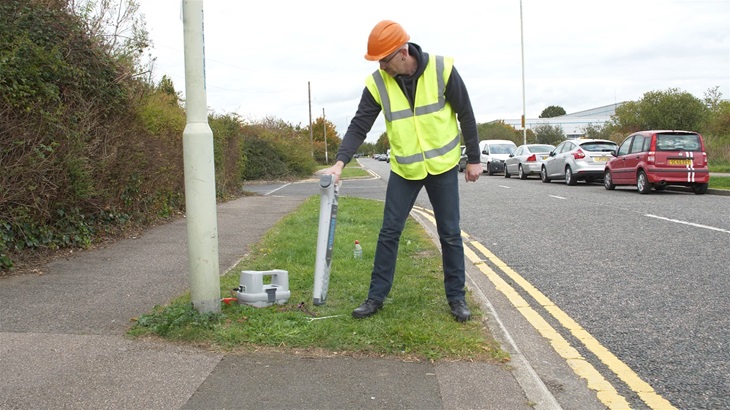15
Dec

The number of recorded cases of cable strikes while excavating increases every year. These incidents can be disastrous for workers, businesses and the community. This article will discuss the significance of cable avoidance, the tools required for safe excavation, and the various educational opportunities in this field.

Cable strikes can have a wide range of unintended consequences. Preparing with the proper training, personnel, and equipment is the best way to avoid main problems later on.
The most significant issue is, of course, worker safety. According to reports, approximately 300 workers were injured or killed as a result of cable or pipe strikes between 2012 and 2017. The dangers of employing digging machinery near live cables are evident, and the only way to avoid an accident is to conduct proper cable searches before and during the entire procedure.
Cable strikes can have significant financial consequences for the company and the surrounding area. Local power supply disruption may occur depending on whatever cable or conduit is affected, causing problems for homes and businesses. It also takes time to repair the damaged cable, which leads to delays in the construction job. This disruption will harm a construction company’s reputation and may influence future business.
A Cable Avoidance Tool, often known as a CAT, and a Signal Generator, or Genny, are the two most crucial equipment you’ll need. The precise and reliable CAT 4 is the most up-to-date version in the Radiodetection SPX line. As safety-critical instruments, the CAT4 and GENNY4 cable locator and cable avoidance tools provide various features designed to promote safe operation and reduce utility strike rates.
The CAT and Genny can detect signals that naturally radiate from metal services. To assist it in detecting subsurface utilities, the CAT and Genny have three modes:
In this mode, the CAT can’t detect signals from loaded cables, often known as “power” signals. This mode can be used to avoid and find underground electrical lines. Using this mode, a team can confirm that they’re following a pipe, not a cable! Of course, how well this will work depends on the service’s material, depth and loading, among other things. Think of it as the equivalent of a radio switch, whenever it’s “off” the CAT detects signals, and when it’s “on,” no signal is detected.
The radio allows the identification of VLF radio signals emitted by metal cables and pipes. As a result, we can detect and find metal pipes and cables used for telephone lines, gas lines, and water lines. Naturally, to distinguish between different types of utilities, you need to load the CAT and Genny together and use both modes simultaneously. If you have more than one utility service, you won’t be able to identify which one you’re tracking if you don’t have a Genny plugged in.
The Genny mode allows the Cat to detect radiated tone from the Genny to a buried conductor. As a result, we can use this mode to discover and detect water valves or plug sockets that are directly connected to their source. When you want to identify a particular service, such as a specific telephone line or stopcock, this mode is quite useful since you can use it to detect only one type of utility.

The CAT 4 and Genny 4 devices offer a comprehensive variety of Cable Avoidance Tools that assist professionals in driving best-locating practices, reducing the number of cable strikes, and digging more safely.
The C.A.T4 is the range’s standard model. When combined with the Genny 4 transmitter, skilled operators can locate buried utilities more quickly. It relies on a range of new and innovative technologies to assist the operator in detecting buried services faster, more safely and with confidence. It has the same functionality as its predecessor but is simpler to use, more robust and provides additional safety features.
The CAT 4+ provides the same locating performance as the CAT 4 but with the addition of Depth measurement for better identification of underground utility routes. It doesn’t require the use of a separate depth meter which inherently makes the operator’s job easier. This device is suitable for users who frequently need depth measurement capability due to job needs, or for users who are upgrading from the traditional model.
The GPS position is included in the usage statistics gathered by this model. Bluetooth connectivity enables sending usage data to the cloud-based CAT Manager Online system for near real-time operator performance monitoring. While it does provide real-time usage data on-site, the gCAT 4+ provides a means of transmitting that data to a cloud-based system for near-real-time monitoring. This means managers can track usage, location and operator performance from the office, ensuring safe and efficient work practices are being followed.
The revolutionary simultaneous dual-frequency signal output of Genny4 makes it easier to locate small-diameter cables such as telecoms and street lights, including spurs. All CAT 4 locator devices use a unique technology that detects both signals. The power boost function in Genny4 allows the locate signal to reach further and deeper, as well as more easily couple onto utilities.
The new CAT4 digital platform provides highly enhanced locate capabilities specifically designed to assist operators in discovering additional buried services. In a single scan, the CAT4 Avoidance ModeTM allows the operator to examine a planned excavation area for Power, Radio, and Genny signals and pinpoint detected utilities.
The bargraph’tidemark’ feature allows an operator to effortlessly identify a peak response and focus on a buried conductor.
Simultaneous dual frequency and simple locating methods let CAT4 and Genny4 users locate Small Diameter cables such as telecom twisted pairs, CATV feeds, spurs, and drop-offs that have historically been difficult to find and are a common strike risk.
The CAT4 can reject electrical interference because of Radiodetection’s unique digital signal processing capabilities. This series of products with Dynamic Overload Protection can continue to operate in electrically demanding areas, such as near substations and under power lines, where other locators’ sensing circuitry may be overwhelmed and no longer work.
Sweep an area while conserving time by employing Power, Radio, and Genny signals all at once. CAT4 allows operators to customise the sensitivity of each mode/signal, allowing buried utilities to be targeted in a single pass. Real Sound gives auditory feedback derived directly from the utility location, facilitating identification and increasing speed while ensuring safety.
Along with its usual power mode, the Genny4 has a Signal Boost capability that enhances the output signal by up to 10 times, allowing you to find over greater distances and depths. Of course, this capability greatly improves the locating process since it can detect even more types of pipes and cables. Additionally, the Genny4 has an alternative Bluetooth mode that allows you to connect to any other device such as smartphones, tablets or laptops to create a remote access system.
The CAT4’s high visibility display helps to reduce the likelihood of important information being misinterpreted by the unit. The high contrast and automated back-light illumination ensure excellent visibility in all lighting conditions. When visibility is poor or when working in low-light environments, having a high-visibility display can be crucial in preventing cable strikes and maintaining safety standards.